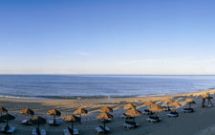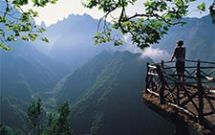Silves
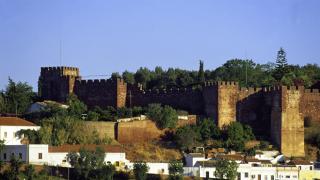
Silves was the capital of the ancient Arab kingdom of Algarve, and its most important city. That era gave it a stately outline, the epitome of which is its red-hued castle, inviting exploration.
Considered the most beautiful military monument from Islamic Portugal, this castle is also the largest in the Algarve. Its towers and walls perch on a Serra de Monchique hill, so it could monitor and defend the territory, and today are excellent viewpoints over these fertile fields covered with orange trees around the River Arade. It was erected by the Arabs, probably on an ancient 4th/5th century Roman fort. Two further walls also surrounded the settlement, of which only a few sections have survived. Inside you can see the ancient Arab citadel and two water tanks, one of which, it is said, is linked to the river.
Silves was conquered from the Moors in 1189 by King Sancho I, but they were only finally expelled in 1242 under King Afonso III. The ancient great Mosque, now transformed into the Cathedral, is thought to date from this time, and is one of the most important churches in the Algarve, begun in the Gothic style and completed in the Baroque period. It is opposite the castle and, like it, was built in the red Silves sandstone.
Silves was the capital of the ancient Arab kingdom of Algarve, and its most important city. That era gave it a stately outline, the epitome of which is its red-hued castle, inviting exploration.
Considered the most beautiful military monument from Islamic Portugal, this castle is also the largest in the Algarve. Its towers and walls perch on a Serra de Monchique hill, so it could monitor and defend the territory, and today are excellent viewpoints over these fertile fields covered with orange trees around the River Arade. It was erected by the Arabs, probably on an ancient 4th/5th century Roman fort. Two further walls also surrounded the settlement, of which only a few sections have survived. Inside you can see the ancient Arab citadel and two water tanks, one of which, it is said, is linked to the river.
Silves was conquered from the Moors in 1189 by King Sancho I, but they were only finally expelled in 1242 under King Afonso III. The ancient great Mosque, now transformed into the Cathedral, is thought to date from this time, and is one of the most important churches in the Algarve, begun in the Gothic style and completed in the Baroque period. It is opposite the castle and, like it, was built in the red Silves sandstone.
The historic centre retains the Middle Ages layout and the charm of the streets of the old medina, an atmosphere that reaches its highest expression during the Mediaeval Fair in mid-August, an historical reconstitution not to be missed. You can see some relics from those times in the Archaeological Museum, which preserves an 11th century cistern of Islamic origin, which is very deep and accessible by a spiral staircase.
Also worth visiting is the Church of the Misericórdia, with its beautiful lateral portico in Manueline style. Outside the walls is the 12th century Chapel of Nossa Senhora dos Mártires, to which Gothic and Baroque elements were added, and the Cross of Portugal, alongside the road that established the link to the north.
Crossed by a mediaeval bridge, the River Arade was for centuries, perhaps millennia, the great route for communication with the coast. Ships coming from the Mediterranean and the Atlantic used this river, which was also the route for the Crusaders who helped the Christian Reconquest. Taking a boat trip will enable you to get to know the beauty of its banks, as you make the descent to Portimão and the fortresses that defended the entrance of the river.
It is from the coast that the fish and shellfish come that are so essential in the local cuisine. Grilled or prepared in bouillabaisses, they are delicious, but they are also appreciated in other ways, such as sardinhas albardadas (battered sardines)or carapaus alimados (skinned mackerel). Enjoy too the dishes that come from the mountainous areas, such as slices of Barrocal pork (with orange juice) and papas de milho (a kind of maize polenta). Of the desserts, the Morgado de Silves, made with egg and almond and decorated with leaves and flowers made of sugar, is one of the most appreciated in the Algarve. But there are others, such as lesmas stuffed with sugary egg paste, and the Folhados (puff pastries) from Messines. And at any time of day the oranges and figs that are produced here in abundance are always welcome. This is also an "Arab legacy", since these emblematic crops were introduced by the Arabs to the region.
- If you head northeast, after about 17km you will come across São Bartolomeu de Messines that retains in some of its streets the picturesque feel of an inland village. It’s worth visiting the Parish Church to discover the archaeological remains such as the menhirs scattered across the region.
- 14km to the southeast lies Alcantarilha, spread out harmoniously over a hillside, whose highlight is the Parish Church with its whitewashed walls. Further on, it’s worth exploring the Parish Church in Pêra and the Church of the Third Order of São Francisco, whose simple exterior gives no hint of the beauty of the interior decoration. FIESA - the International Sand Sculpture Festival is held here between May and October, at which you can admire the beauty of this ephemeral art.
- But the biggest attraction is Armação de Pêra, 18km from Silves, a very busy beach resort with a vast beach that runs the length of the town. This former fishing village retains the traditions of this activity on Praia dos Pescadores. A little further to the east of the village is the extensive, quieter and less crowded Praia Grande, which offers an immense landscape bounded by Lagoa dos Salgados.
By road:
- From the North: A2 – Autoestrada do Sul or the IC1 if you want to avoid the motorway, and follow signs to Messines/Silves, then the EN 124 to Sines.
- if you are already in the Algarve: A22 – Via do Infante or the EN125, following signs to Silves (EN 124).
By rail: arriving by Alfa (Express) or Interregional trains you need to stop at Tunis (around 30km from Silves) and change to the local train that connects with the Silves station, 3km from the city centre.
By coach: http://www.rede-expressos.pt and www.eva-bus.com also with links to other places in the Algarve.
By air: The Algarve International Airport in Faro is about 60km away.


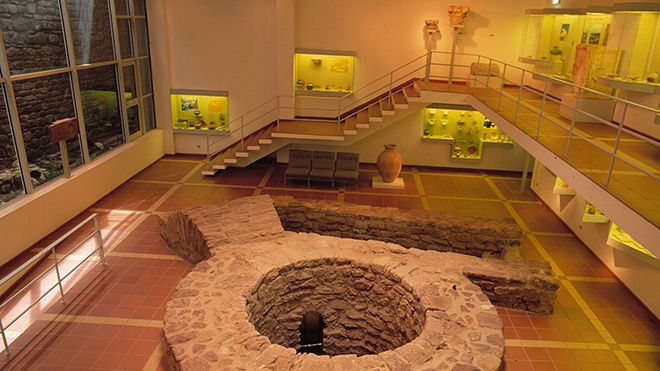





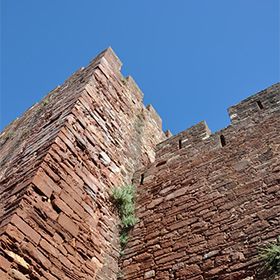
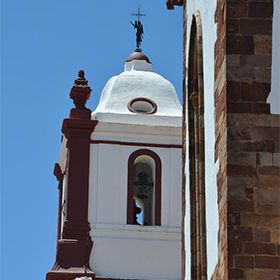
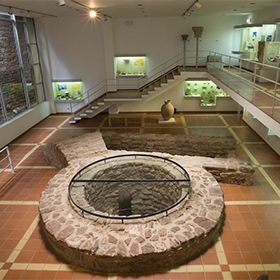
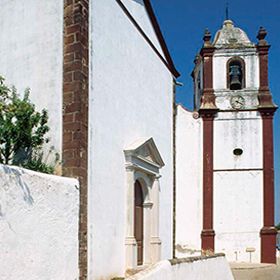
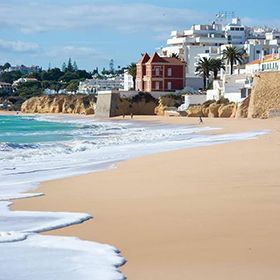
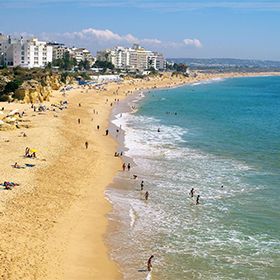
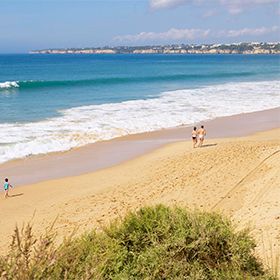


 Explore
Explore 
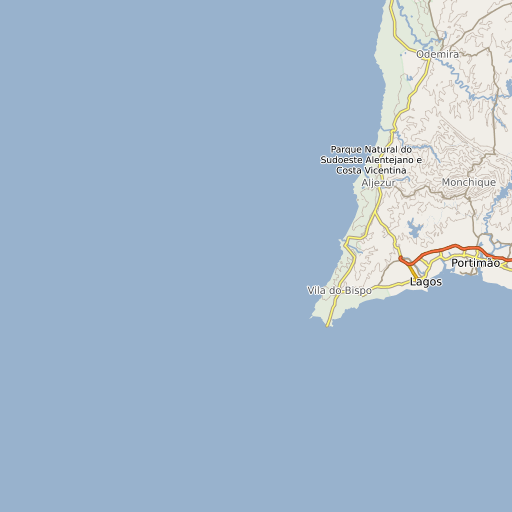

 Remember and Share
Remember and Share 

